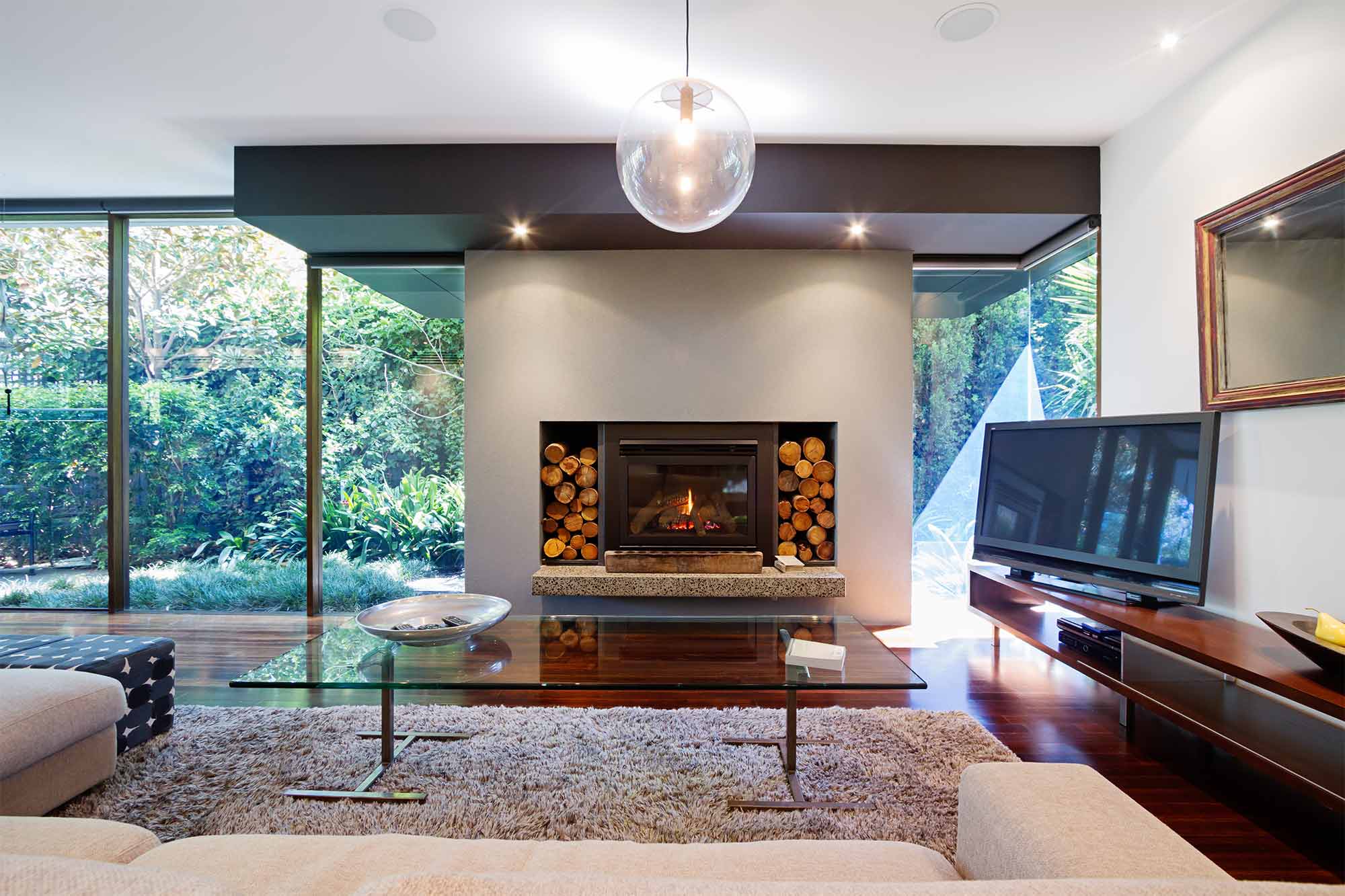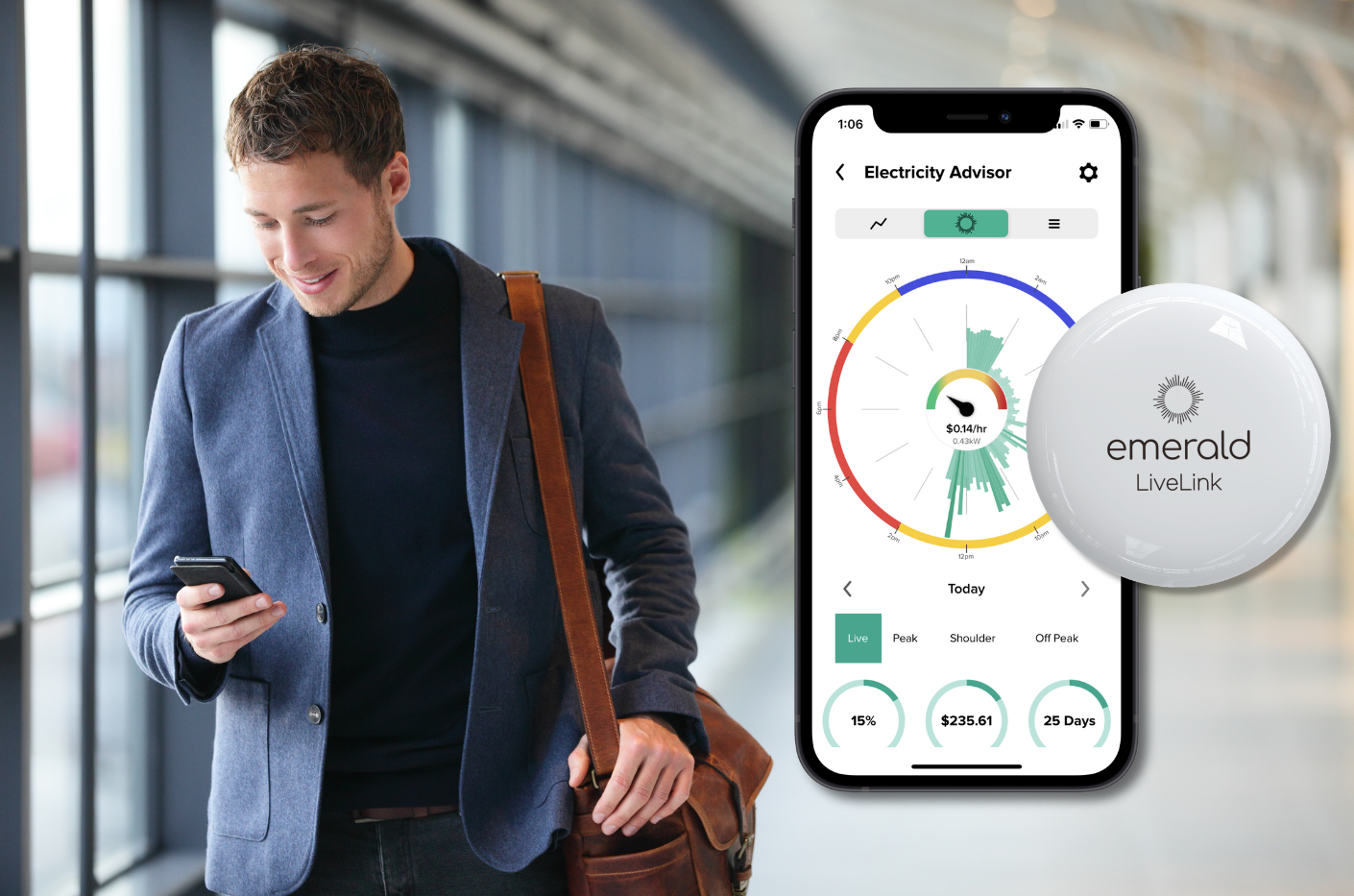
The Best Heating for Aussie Homes
It probably won’t surprise you to hear that Aussie homes aren’t built for cold weather. Aside from a few of our chillier southern cities—we’re looking at you, Melbourne—Australian houses are designed to stay cool. Because of this, during the few months a year where the mercury does drop, more energy is consumed heating homes in some parts of the country than in traditionally frosty places like the Netherlands and the UK. Despite this, it is possible to stay warm this winter without blowing out your electricity bill. Read on to find out how.
7 different ways to heat your home
1) Central heating vs space heaters
Central heating comes in many forms, and works by using a central gas or electric motor to heat air and circulate it around the home. While this can be an effective way to keep warm during winter, there are newer alternatives that can help you save money by cutting down on your energy consumption. For those not wanting to commit to installing central heating, portable electric heaters can be a good alternative for smaller spaces.
2) Heat pumps
Unlike other forms of heating that push hot air around, heat pumps work by extracting heat from natural sources—typically the air or the ground—and transferring that heat into the home. Heat pumps are growing in popularity around the world and can be up to 50% more energy efficient than traditional methods of central heating. As a bonus, heat pumps can even be put in reverse in the warmer months to cool the home.
3) Fireplaces
Fireplaces come in a range of styles, from traditional wood-burning variants to more modern gas models, each with its own pros and cons. While wood-burning fireplaces are undeniably cosy, they produce comparatively high emissions, and their use may be restricted in certain areas. Gas fireplaces tend to produce fewer emissions, however, they aren’t as effective at heating a whole home as other heating methods.
4) Floor heating
In-floor heating systems use thermal radiation and electromagnetic waves to heat your home from the floor up rather than via vents. While this heating method can be more efficient than other solutions, the installation process is significant and may not be suitable for all homes.
5) Focus on design principles
When it comes to sustainable (and cost efficient) ways to heat your home, the use of passive design principles to capture and hold heat are clear winners. Factors like the orientation of your home and the materials used in construction go a long way to determining the temperature inside. While it’s not always possible to change these things after the fact, you can look into adding insulation, draught proofing and soft furnishings like carpet to warm things up without adding to your power bill.
6) Hydronic heating
Hydronic heating is an energy efficient method of heating that circulates hot water around the home using a network of pipes, powered by gas or electricity. While a considerable amount of installation is required, the method can be up to 35% more cost effective than ducted heating.
7) Heat shifters
Heat shifters are an alternative to central heating, where heat is transferred between rooms in a home using ducted fans. If you have a source of heat in one room, like a fireplace, heat shifters can be a good way to heat your entire home.
Heating tips to save energy
Whichever method of heating you decide on, there are ways to boost efficiency when the mercury drops.
- Set the temperature between 18-22 degrees. Every degree above this can increase overall consumption by 5-10%.
- Minimise heat loss by draught proofing doors, windows, and chimney seals.
- Keep curtains and blinds closed.


